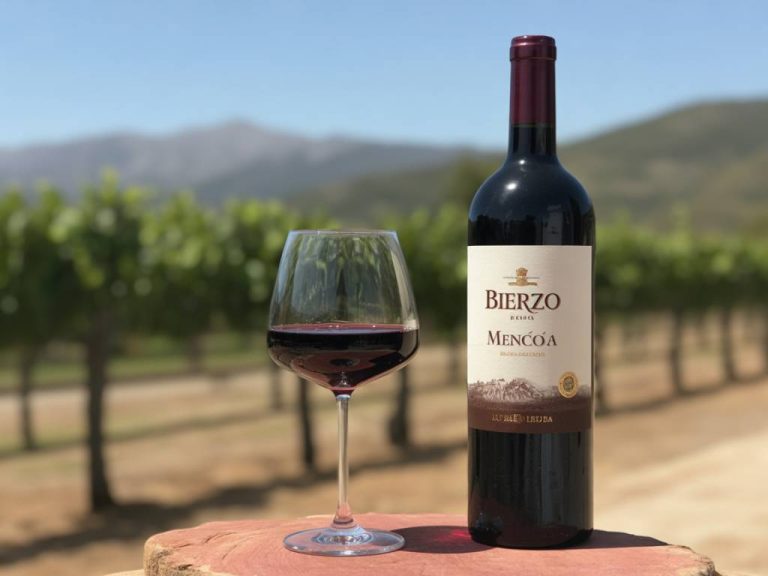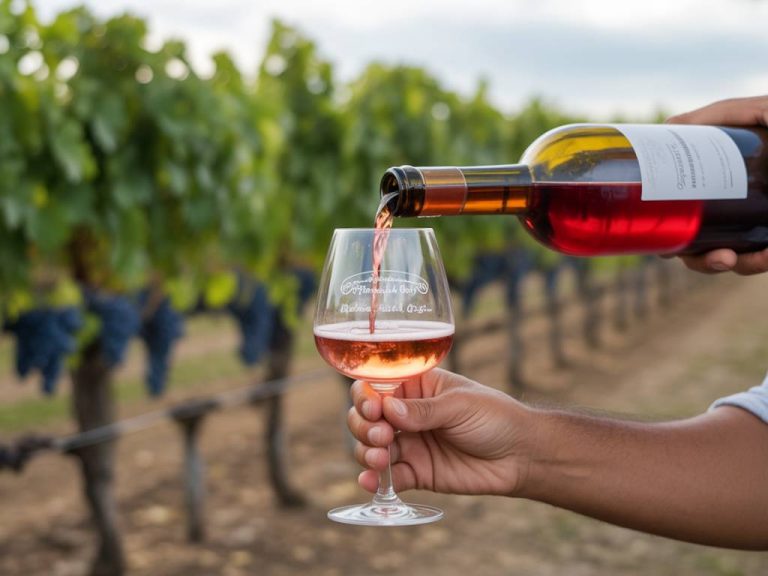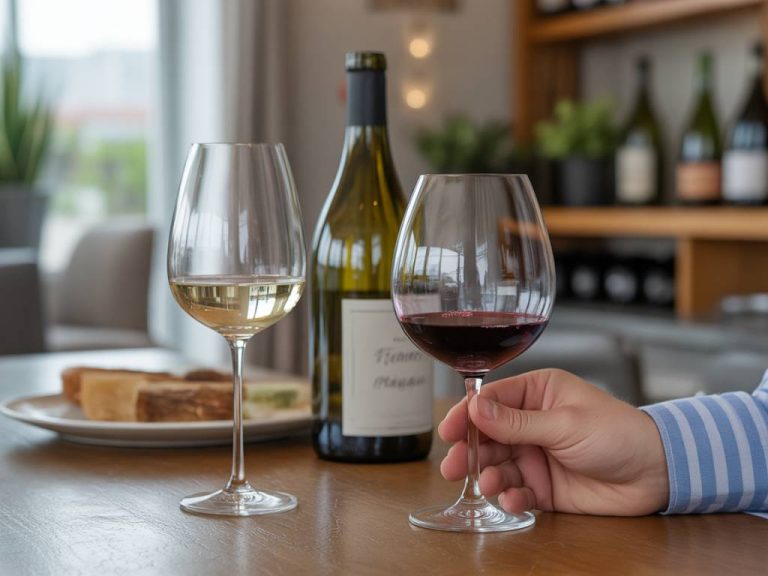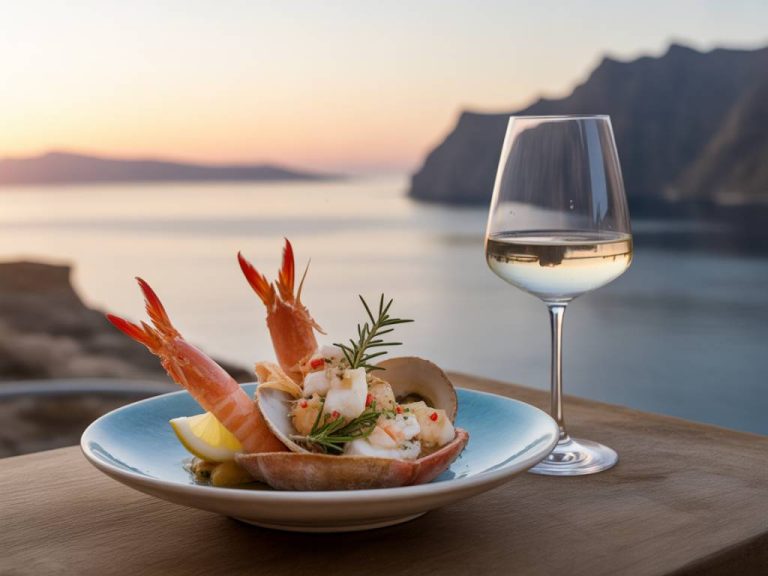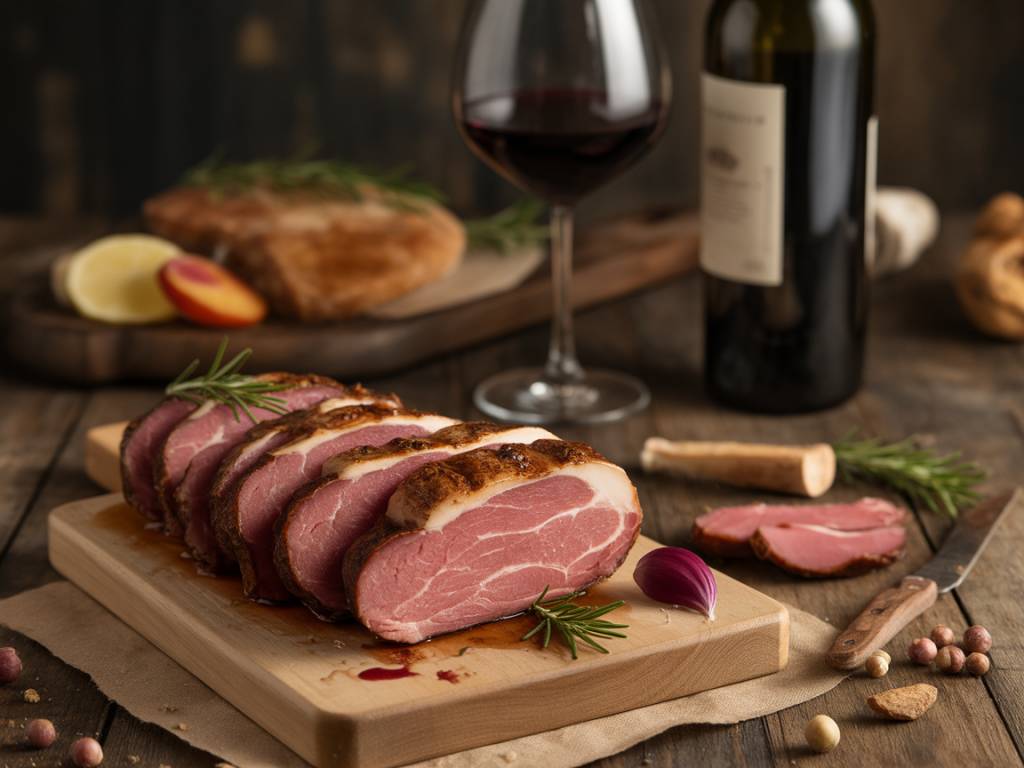
Balancing tannins: how to match red wine with rich meats
Understanding Tannins: The Backbone of Red Wine
Let’s start with the basics. Tannins are naturally occurring compounds found in grape skins, seeds, and stems — as well as in oak barrels used for aging. They create that dry, sometimes puckery sensation in your mouth, particularly prominent when sipping young, bold reds like Cabernet Sauvignon or Syrah.
But tannins aren’t just there for mouthfeel. They play a crucial role in a wine’s aging potential and, most importantly for our topic, in balancing rich, fatty foods. The astringency of tannins can cut through the richness of meat, cleansing the palate and restoring balance after each bite — that’s the magic of pairing done right.
What Makes Rich Meats a Challenge — and a Pleasure — to Pair
“Rich” meats refer to cuts high in fat, with bold, savory flavors. Think ribeye steaks, braised short ribs, duck confit, or even game meats like venison. Their high fat content coats the palate, which can dull flavors if not paired with the right wine. A wine with strong tannins — and the right structure — can slice through that richness like a hot knife through butter.
Yet, not every tannic wine will do the job. Balance is key. Overly aggressive tannins can overpower a dish just as much as an underwhelming wine can get lost. The goal is to find synergy: where the wine elevates the dish and vice versa.
Red Wine + Fatty Meat: Why the Match Works
Here’s what’s happening on a chemical level: fat softens tannins, while tannins break down fat. The result? A smoother mouthfeel from the wine and a more harmonious, complete flavor experience from the food. It’s a perfect example of contrast creating balance.
Imagine biting into a seared lamb chop: a mix of savory, umami-rich meat and rendered fat. Now pair that with a robust Rhône blend. The fat tamps down the wine’s grip while the wine cuts through the fat’s richness. Neither one overwhelms the other — it’s a duet, not a duel.
The Best Red Wines for the Job
Let’s look at some go-to options that play well with rich meats. These wines share a few commonalities: moderate to high tannins, good acidity, and plenty of structure to stand up to bold dishes.
- Cabernet Sauvignon: A classic for a reason. High tannin, dark fruit, and often a touch of oak — ideal for fatty cuts like ribeye or grilled porterhouse.
- Syrah/Shiraz: Syrah from France or its Aussie cousin Shiraz pairs beautifully with grilled lamb, braised brisket, and even duck breast. Its spicy, smoky notes complement roasted flavors especially well.
- Malbec: Argentina gave us the blueprint: Malbec with a grilled steak (especially beef from the pampas) is a prime example of complementary pairing.
- Tempranillo: Often underestimated, Rioja’s flagship grape brings moderate-plus tannins, bright acidity, and savory notes that work wonders with Spanish-style pork roasts or chorizo-topped dishes.
- Nebbiolo: The wildcard. With high acidity and high tannin, Barolo and Barbaresco demand rich, slow-cooked meats. Think osso buco or beef short ribs — dishes with enough fat and intensity to tame this powerhouse.
Working with Cooking Methods
It’s not just about the meat — how it’s cooked matters too. Grilled meats develop char and smoke, which pair well with oak-aged wines that bring complementary toasty notes. Braised meats, often complemented by vegetables and broth, benefit from wines with acidity and earthy tones that mirror the dish’s depth.
Here’s a quick match guide based on method:
- Grilled: Think Syrah, Zinfandel, or oaked Cabernet. The smokiness in the wine amplifies the charred flavors.
- Braised: Nebbiolo, Merlot, or red blends with softened tannins and earthy profiles.
- Roasted: Tempranillo or Rhône blends with herbal nuances to match accompanying veggies.
- Pan-seared or confit: Pinot Noir or a lighter Bordeaux blend to bridge richness with subtlety.
Fat Levels and Tannin Intensity: Finding the Sweet Spot
More fat calls for more tannin — but there’s a limit. If you’ve got a meat that’s rich but not overly fatty (like duck breast or lamb loin), a medium-tannin wine may do the trick. Too much tannin here can turn the pairing bitter or astringent.
I once consulted for a pop-up dinner pairing duck leg confit with a young Chianti Classico. On paper, you’d expect a mismatch — Chianti’s Sangiovese is known for acidity and relatively fine tannins. But thanks to the duck’s fatty skin and the dish’s tomato-based sauce, the pairing landed beautifully. Acidity from the wine echoed the sauce, while the tannins cleaned up the richness.
When Tannins Go Too Far
It bears repeating: intensity needs balance. If you chance upon a young, heavily tannic wine with a relatively lean meat, you’re risking a harsh experience. That’s where decanting comes in — exposing the wine to air for an hour or more can soften hard edges and coax out fruit and spice notes that make a pairing smoother and more generous.
If you’re unsure whether a wine’s tannins are too assertive, here’s a trick: take a small sip and hold it in your mouth for a few seconds. If your gums feel like they’ve been vacuum sealed — you probably have a high-tannin situation. In that case, reserve the bottle for a high-fat dish or age it a few more years.
Don’t Forget the Sauce
Sometimes it’s the sauce that defines the dish, not the meat itself. A peppercorn cream sauce or red wine reduction can change the game. In these cases, let the dominant flavor guide your pairing choices. Creamy sauces may call for something richer and smoother, like a Merlot. A tomato-based sauce? Go toward acidity: hello Sangiovese. Something spicy or sweet? Balance with a rounder, fruitier wine like a Shiraz or Zinfandel.
Quick Pairing Ideas for Everyday Meals
You don’t need to cook a five-course meal to think about tannins. Here are a few common dishes and wine pairings that highlight the balance between tannins and rich meats:
- Cheeseburgers (especially with bacon): Go bold with a juicy Shiraz or Zinfandel. The wines’ ripe fruit can handle condiments and the smoky protein boost.
- BBQ Ribs: Malbec is a natural. It’s fruit-forward enough to handle sweet sauces and firm enough to rise to the richness of the meat.
- Beef stew or pot roast: Aged Bordeaux or Rioja Reserva — the subtle tertiary notes blend beautifully with slow-cooked meats and braised veggies.
- Lamb chops with rosemary: Rhône blend, with Syrah spicing things up and Grenache adding softness.
- Duck breast with cherry glaze: Pinot Noir — its red fruit notes mirror the glaze while its acidity balances the fat.
Experiment and Trust Your Palate
At the end of the day, no chart or tasting note can replace hands-on experience. The best pairings often come from trial and error. Keep a bottle of a good-quality but affordable red on hand — say, a Côtes du Rhône or Montepulciano d’Abruzzo — and try it with different dishes. Adjust. Take notes. Ask yourself: Does the wine make the food taste better? Does the food make the wine more enjoyable? If yes to both — you’ve nailed it.
Balance isn’t just about science. It’s about feel — and once you start noticing what tannins do in your mouth, you’ll become a more confident, curious, and intuitive wine lover. And that’s the kind of red meat science I can happily get behind.
